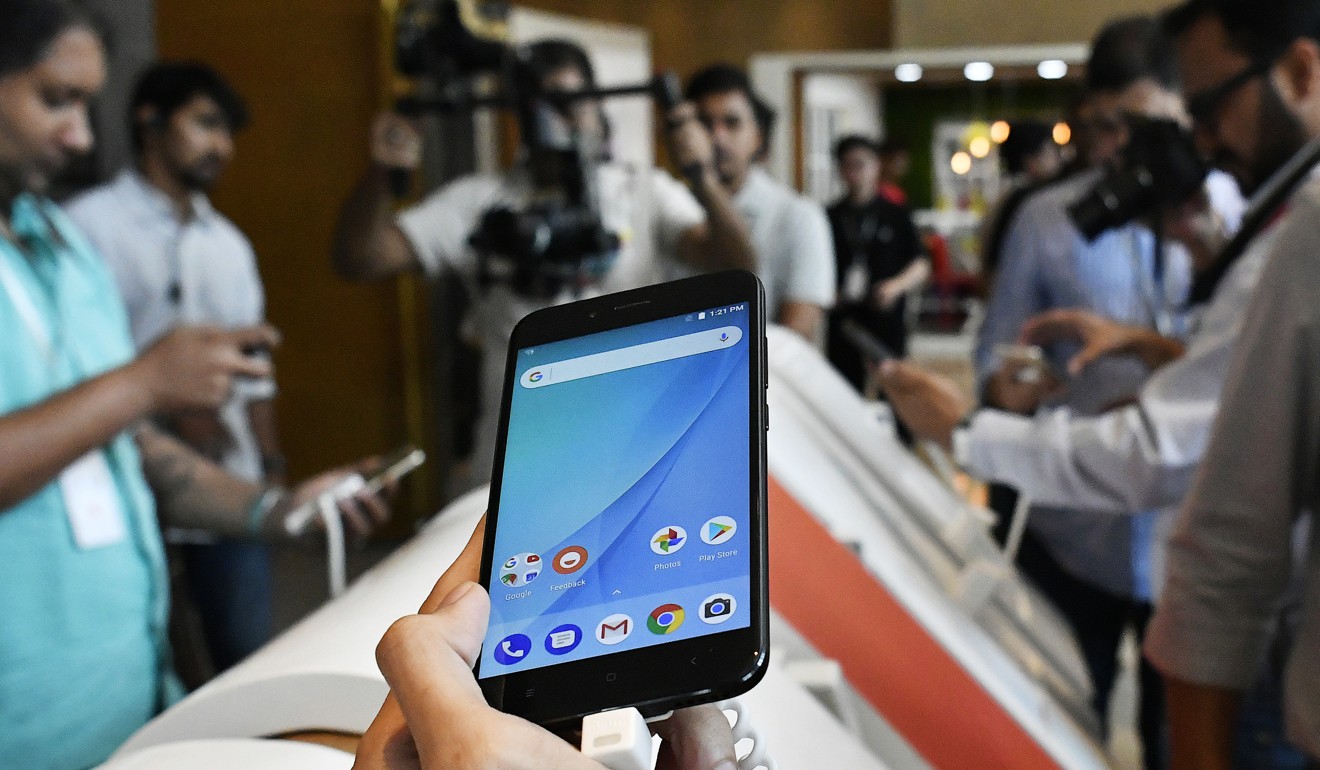
Xiaomi to seek at least US$50b valuation in IPO next year
Led by entrepreneur Lei Jun, the Beijing-based company has invested aggressively in retail stores and in India, where it is on the verge of surpassing Samsung in smartphone sales.
Xiaomi, the Chinese smartphone supplier that was once the most valuable start-up in the world, is in talks with investment banks about a possible initial public offering (IPO) and seeking a valuation of at least US$50 billion, according to people familiar with the matter.
They said the Beijing-based company was considering an offering as soon as next year with banks suggesting Hong Kong as the most likely destination.
While banks have talked up Xiaomi’s prospects as they seek to win the mandate, they have concerns about whether the company can reach the US$50 billion level, much less a US$100 billion target that some top executives have embraced, the people said.
Xiaomi last raised money in 2014 at a US$46 billion valuation.
The company has gained momentum in recent months after stumbling against local rivals, such as Huawei Technologies, Oppo and Vivo.
Led by entrepreneur Lei Jun, Xiaomi has invested aggressively in retail stores and in India. It is now on the verge of surpassing Samsung Electronics in that country, the world’s fastest-growing smartphone market.
A successful IPO may bring it at least US$5 billion, much-needed ammunition for expansion, the people said.

Digital media company The Information has earlier reported that Xiaomi was considering an IPO as early as the second half of 2018.
While Xiaomi has had its ups and downs, the US$50 billion target may be attainable, depending on business performance and market trends over the next few months.
“It’s not a preposterous valuation,” said Keith Pogson, global assurance leader for banking and capital markets in Hong Kong at consultant EY. “Without a doubt, the market is hot for tech companies, especially tech companies with China ties.”
Founded in 2010, Xiaomi, or Little Rice, made its mark with buzzy online marketing campaigns, eschewing traditional retail stores.
By 2014, its formula of flash sales and savvy social media helped it top Chinese smartphone rankings and amass the valuation that made it briefly the highest in the world, before it was surpassed by Uber Technologies.
Lei, who often sported black turtlenecks, was compared with Apple co-founder Steve Jobs.
But Xiaomi stumbled last year, with shipments plunging against fierce local competition. The company ranked only fifth in Chinese smartphone shipments in the first quarter, according to research firm IDC.
Oppo and counterpart Vivo punished the company by developing strong ties with retailers in small towns and rural areas across China.
Lei has revived the fortunes of Xiaomi by expanding the company’s product line, geographic reach and sales channels.
The company is also making a major push into old-fashioned retail: it plans to build 1,000 “Mi Home” stores by 2019 – about twice Apple’s global store count – targeting 70 billion yuan (US$10.6 billion) in retail sales by 2021.
In India, we’ve created a miracle. After only three years, we’ve become number one.
An IPO may also help Xiaomi retain employees who have stuck with the company through the tough times. In January, Hugo Barra, a former Google executive who had spent three and a half years at Xiaomi, returned to Silicon Valley for a job at Facebook.
“Employees will love to hear the company is finally planning an IPO,” said James Yan, an analyst with consultancy Counterpoint.
Lei has bet heavily on overseas expansion, especially in India. In an interview in March, Lei said Xiaomi would double its investment in the country, spending another US$500 million over the next three to five years.
Xiaomi’s new Redmi Note 4 sold about 250,000 units within minutes on India’s top online retailer Flipkart.com as well as its own online site, the company said. Last year, Xiaomi hit US$1 billion in revenue in India.
“Our path towards internationalisation began four years ago,” Lei said on Monday through a translator.
“At first we faced many difficulties. In 2015 we lost around 1 billion or more yuan – a great loss caused because we were starting in so many countries,” he said. “After that, we set on an idea of whether we could build an example market and we settled on India. Three years later we’re in over 60 countries.”
Xiaomi is focusing on emerging markets, including Russia and Indonesia. The company has said it also intends to establish a presence in the United States, where it has held off on selling smartphones in favour of devices such as fitness bands.
Xiaomi is now aiming to ship 100 million smartphones next year, reviving a target it had abandoned during its difficult days.
“We’ve been seeing the rise of Chinese brands,” Lei said. “In the next 10 years, the large number of Chinese brands will continue to grow and become international – the trend is quite clear.”


